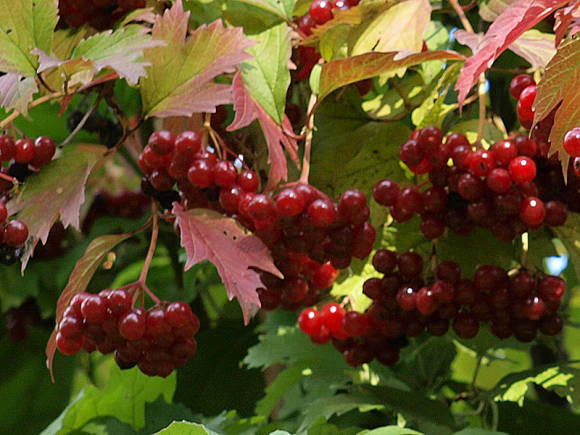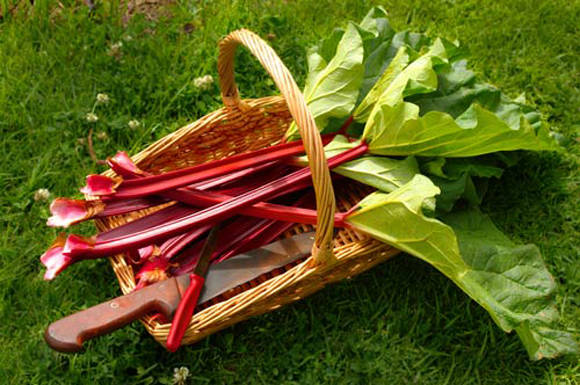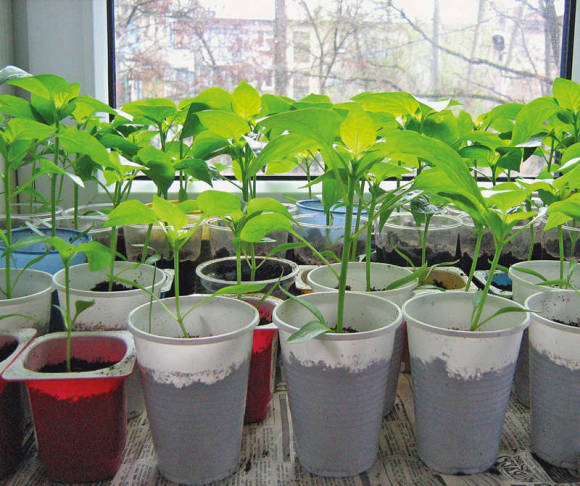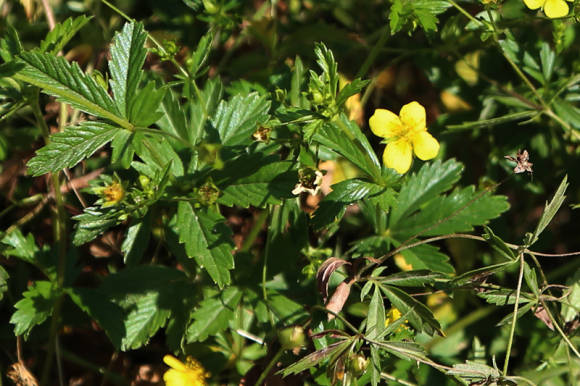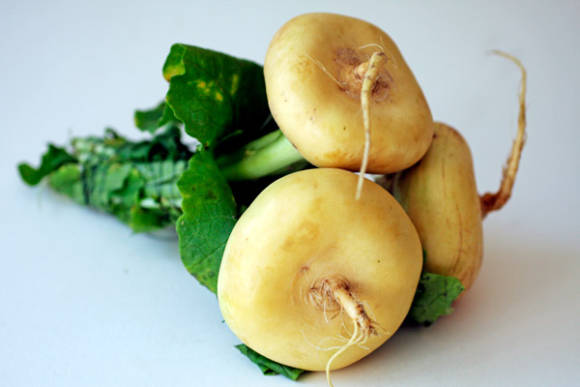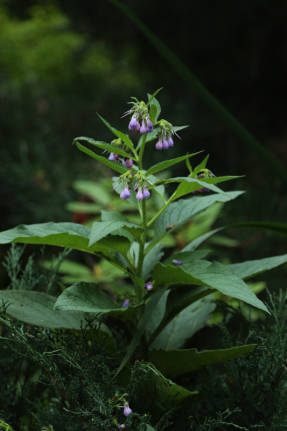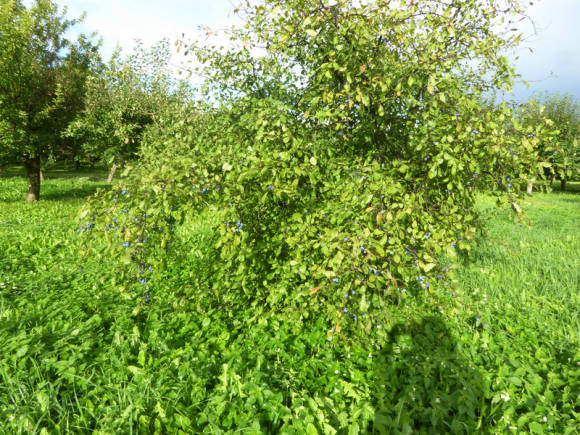Of all the large genus, bristle flower, or plectrantus (Plectranthus), numbering about 350 species of plants, in indoor conditions only a few species are most often grown (see on page Sparrow) These are unpretentious and rather drought-resistant plants for the most part.

Lighting Plectratus require a bright but diffused one. In the summer, they should be shaded from direct sunlight. Optimal content is on windows of east and west orientation, on a balcony or loggia - in a spotted penumbra. But in winter, so that the plant does not grow from a lack of light, artificial supplementary lighting with an LED phytolamp (or at least an energy-saving luminescent lamp) with a photoperiod duration of 12-14 hours is useful. With a lack of light, weak, drooping shoots with long internodes grow, the leaves turn yellow. Variegated varieties lose their brightness. The most shade-tolerant species is Ertendal's bristle flower. If he receives too much light, the leaves turn yellow and the silvery pattern on them becomes less expressive.
Temperature content is within + 15 ... + 25оС, but it can be higher (+ 28оС), provided there is a good supply of fresh air. In winter, plants need coolness, + 15 ... + 18оС. Below + 10 ° C, the temperature should not fall, especially to sub-zero temperatures. Plectranthus do not have a rest period, however, in conditions of a winter lack of light, a decrease in temperature is simply necessary.
Air humidity... Almost all indoor species come from fairly dry regions. Only those confined to more humid habitats and devoid of pubescence, Ertendal and whorled flowers, need water procedures. The rest tolerate dryness well due to pubescence, but if the room is too hot and dry, the leaves wither and hang, the plant should be sprayed. If we compare indoor plectranthus with those grown in a greenhouse, the difference will be obvious. When the air is more humid, the plants are completely hidden by a cover of large and succulent foliage.
Watering requires regular, but not too abundant. Most plectranthus are content with well-permeable soils of medium moisture and tolerate temporary dryness. The soil should remain dry for a couple of days between waterings. Excess moisture, stagnation of water in the sump is categorically contraindicated. Drying of leaves is a sign of waterlogging. And if it was long enough, rotting of the roots and bases of the stems is possible. Only Ertendahl's plectranuts like more abundant watering, but also without moisture stagnation.
Top dressing applied mainly during the active growing season, from spring to autumn, with complex mineral fertilizers for decorative deciduous plants, rich in nitrogen and potassium, every 20-30 days (or 2 times a month in a half dose). For many, it is more convenient to apply granular mineral fertilizers of prolonged action in early spring instead of fractional dressings. It is good to alternate them with fertilizing with organic fertilizers - for example, Biohumus, lignohumate or potassium humate.
Soil and transplant... Soil for bristles is made up of 2 parts of peat, 1 part of loam (leafy earth or compost) and up to 2 parts of sand. A slightly acidic or neutral reaction (pH 6.0-7.0) is optimal. Purchased universal soil is suitable only for acidity, but contains too much peat; it is necessary to add 1 part of loam to its composition for every 4 parts.
Trimming, pinching... Since spurs are valued as ornamental deciduous plants, pruning and pinching is only beneficial for them, rejuvenating and making the plants more lush. All species easily give new shoots and grow back quickly. Pruning is always accompanied by top dressing, which improves the quality of the plants and stimulates subsequent flowering.It is held in late February - early March. Peduncles that appear by the end of summer are plucked out, if the task of obtaining seeds is not worth it.
But each species needs its own approach.
Shrub and silver sparrow - by nature shrubs, in the lower part of the stems they become woody and bare from the leaves, they simply need to be pruned regularly. Shrub shrub is cut to 1/3 - 1/4 of the height, with age - once every 2 years, depending on the appearance of the plant. Silver sparrow is left 20 cm high.
Ertendahl's sparrow is a low shrub, it is only pinched, it grows due to the rooting of shoots in contact with the ground. In earthen greenhouses, it is practically "beveled" in the spring, depriving the tops.

Ampel species - whorled bristle (southern), smooth (coleus-shaped) and Forster are also strongly pruned (up to 30 cm), during the season they almost completely restore their length.
Ernst's Sparrow is a small shrub. It blooms beautifully with bluish-purple or whitish flowers, so pinching and trimming are not carried out. Just redo in the spring. Do the same with compact, flowering varieties of Ertendahl's bristle flower, such as Silver Star, Royal Beauty.

Reproduction... The stems of whorled and Ertendal spores root at the nodes when they come into contact with the ground, they are propagated by division during transplantation. And their cuttings with pre-existing roots are simply planted in bunches in pots or balcony boxes.
Cuttings are the main breeding method for plectranthus. For cuttings, you can use shoots left over from pruning, or taken before mid-summer. Although, if necessary, rooting is possible at any time of the year. Cuttings are cut with two internodes, 8-12 cm long, the lower pair of leaves is removed, the upper ones are cut in half to reduce moisture evaporation. For Ernst's hedgehog, it is better to take cuttings with 3-4 nodes, they take root for only 12 days.
Cuttings can be rooted in water. But it is better to plant in slightly damp soil in a greenhouse, in which the air should not be too humid. Allow the soil to dry out between waterings, because at constant humidity, the cuttings rot easily. An important point is that no stimulants are used for rooting. The cuttings take root within 2-3 weeks, and after another 3-4 weeks, fully developed small plants are obtained, which are planted in pots of 1-3. They develop so actively that with early spring cuttings and good lighting, they are able to bloom by autumn. And specimens grown from summer cuttings bloom at the end of next summer.
Silver sparrow is mainly propagated by seed through seedlings (including its varieties Silver Shield and Silver Crest). By the way, any species can be propagated by seeds - the germination time in different cases ranges from a week to a month. Varietal characteristics are not preserved during seed propagation.
 |  |
Seeds of plectrantus quickly lose their germination. They are light-sensitive, since mid-March they are sown on the surface of wet soil (the soil composition is the same as for potted plants, but you can add a little chopped sphagnum to it) and germinate under a film in the light at a temperature of + 20 ... + 24 ° C.
Seeds of plectrantus silvery sprout quickly, within a week. Seedlings are watered carefully, allowing the soil to dry out between waterings. Seedlings can be used for planting in pots for balconies and patios, as well as growing in open ground with the end of frost.
Plectrantus silver is most often used as an annual. But by nature it is a shrub, so queen cells can be stored in a cool, bright room in winter at a temperature of + 15 ... + 18 ° C and cuttings can also be cut in spring.
All types of plectranthus are kept in similar conditions in winter.
Diseases and pests... As mentioned above, with excessive soil moisture, plectranthus get sick with root or stem rot, leaf spots are possible.
These plants are little susceptible to pests, although among the possible, depending on the species, almost the entire set of pests of indoor plants - mealybug, spider mite, scale insect, aphid, whitefly.
Outdoors, plectrantus are vulnerable to nematodes. A characteristic sign of a lesion is a thickening on the roots. In this case, the plants are urgently renewed from the apical cuttings, where the pest has not yet penetrated. For prophylaxis, watering with Ecogel can be used, which increases the resistance of plants to a nematode.
In addition, in garden containers, spurs with fleshy, not pubescent leaves (Ertendal, whorled) can become tasty food for caterpillars, slugs and snails.

